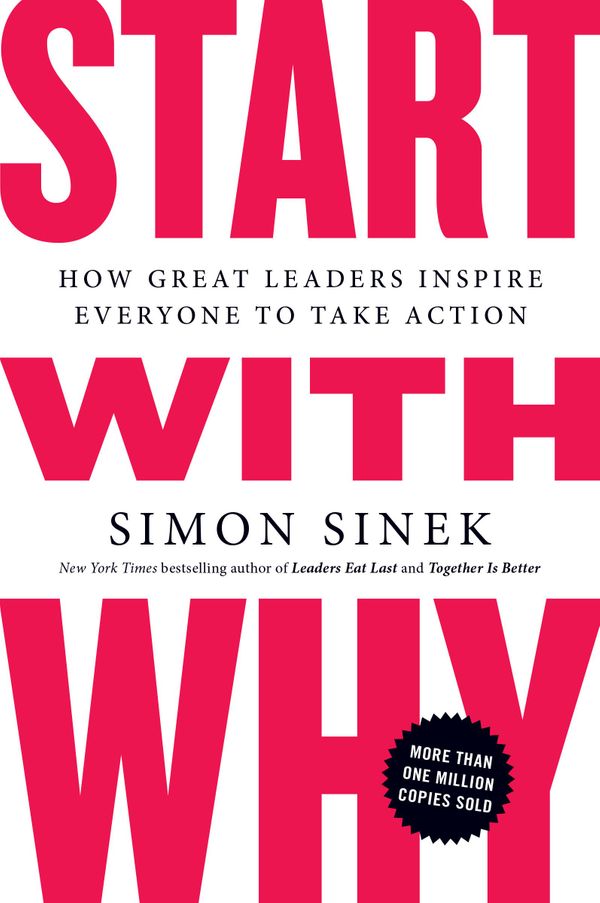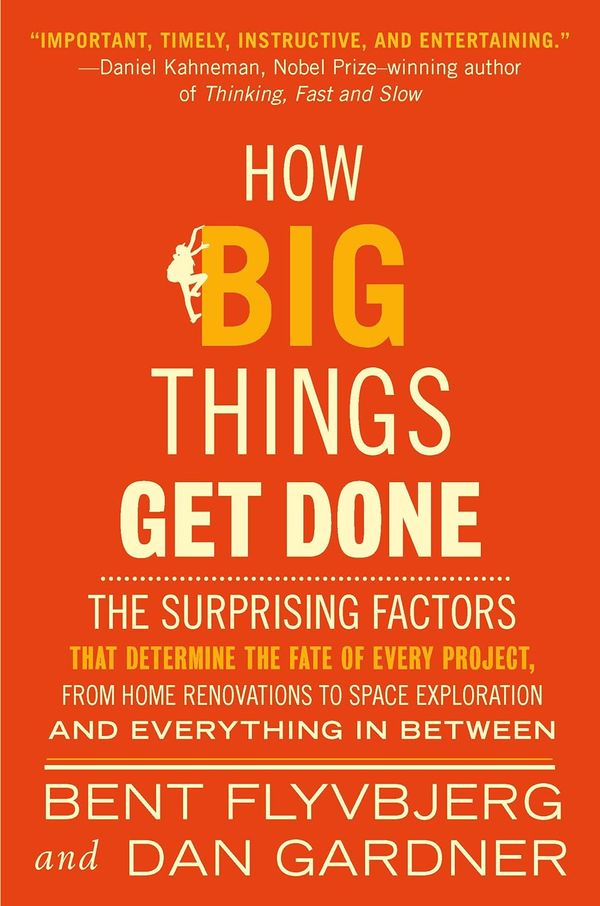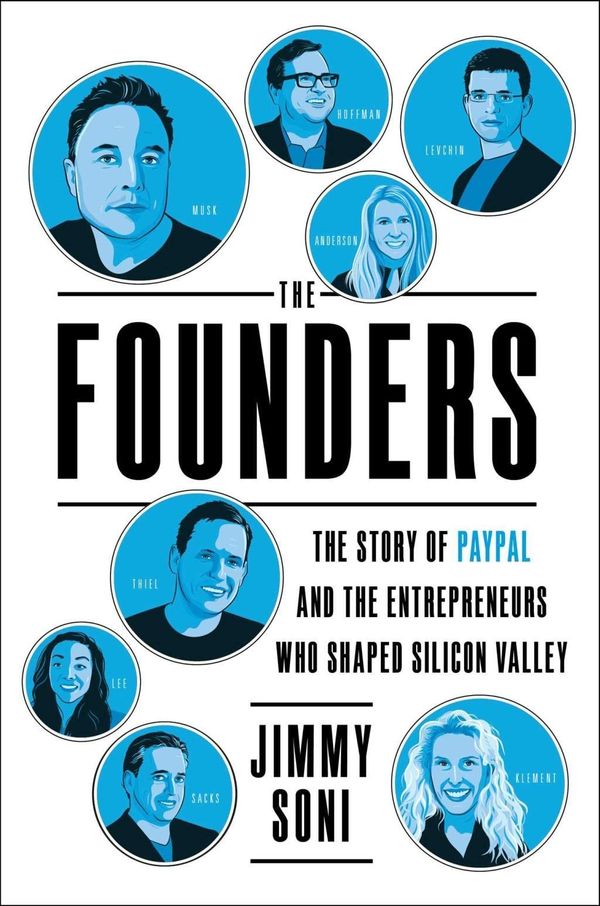By Simon Sinek (2009)
Pages: 246, Final verdict: Great-read
Have you ever thought about the simple question Why? How can asking this very basic question affect our success in life? Understanding the idea of why is a new concept which aims to show the difference between people who inspire and people who influence their environment.
In this review, we will discover this new way of understanding problems, people and the future with a new thinking approach by Simon Sinek, the creator of the golden circle, keynote speaker (his TED talk had 4.5 million views to this date) and executive trainer. So, what's in for us in this book?
How do great leaders inspire everyone to take action?
Simon Sinek dreams of a world where people love what they do, go home happy after work and inspire each other so that we can have stronger companies, sustainable economies and, in the end, a better world. In Start With Why, he wants to give the reader a cause to take action for, following leaders such as Steve Jobs, the Wright brothers or Martin Luther King Jr.. The basic of a cause is given as “start with why”, which also gives the name of the book. The book is structured in the following way:
- A world that doesn’t start with why
- An alternative perspective
- Leaders need a following
- How to rally those who believe
- The biggest challenge is success
- Discover why
In all these parts of the book the author gives examples from many thought leaders, inventors and companies, both historic and contemporary. He especially underlines his ideas on why some companies are very successful, while some other fail and why true leaders can inspire people around them.
“There are leaders and there are those who lead. Leaders hold a position of power and influence. Those who lead inspire us." - Simon Sinek
The Golden Circle
The book is written from beginning to end to explain the golden circle concept, which Sinek thinks is the way to successful leadership. He presents the circle as the basic principle to use in business. I think that understanding the golden circle, which is the core of the book, is the most important lesson we can take out of it.

Sinek gets the inspiration for the golden circle from the golden ratio, the number which helps us understand the repeatability and predictability of nature. The golden circle, like the golden ratio, helps us understand the repeatability and predictability of human behaviour. It grows from the inside out. According to Sinek, almost all companies know what they are doing: they know what is their product or service, they know how they do these products or services. Simply, you can think of it as how you are different or better than others. However, just a few companies and business leaders think about why they do what they do. By asking 'why', Sinek means to ask what is the cause, belief or purpose of what we do.
At that point, he gives Apple as an example to clarify the golden circle. It is very clear how Apple communicates with society by starting with 'why': "Everything we do, we believe in challenging the status quo. We believe in thinking differently. The way we challenge the status quo is by making our products beautifully designed, simple to use and user friendly. And we happen to make great computers. Wanna buy one?"
“I try to find, celebrate and teach leaders how to build platforms that will inspire others. ” - Simon Sinek
Simon Sinek explains how the golden circle structure can affect leadership by putting many examples inside the book. To inspire people to follow them, leaders should work on:
- Trust: You have to earn trust by communicating and demonstrating that you share the same values and beliefs. To build trust, you should find balance between why, how and what.
- Find people who believe what you believe: People need to know someone else who has already tested the product or service. People who believe what you believe are the ones who will tell others about you or your product.
- Communication is not about speaking, it is about listening: In every aspect, we can communicate with our 'why'. We can show what we believe in through our logo, advertisement, promotions, partnerships.
If we think about the book generally, there is one and crucial important difference identified between leaders and people who lead. It is the 'why'. According to Sinek, if people around you believe in your 'why', you can lead them. It is not because they have to, but because they want to. In Start With Why, you can learn the details of how you can lead people by using your 'why'.
In summary, if you follow your WHY, then others will follow you.
Bottom Line
Simon Sinek describes himself as a visionary thinker with a rare intellect. He is an optimistic person who teaches leaders and organizations how to inspire others.
Start With Why includes many stories and examples to demonstrate Sinek's ideas. Since all the examples are quite exciting and interesting, you will be pulled to want to read the book without a stop. Furthermore, the language of the book is clear enough to be understood by anyone. However, Sinek uses Apple as an example so often that it sometimes makes the book feel like an Apple commercial. Despite the fact that the book includes mostly only examples of the business world, the concepts introduced by Simon Sinek can be used anyone who wants to understand the 'why' in his/her life.
Watching videos of Simon Sinek can help you understand importance of asking the question 'why?', however reading his book will teach you how to ask that question. If you want to know what it is, you can watch his TED talk, and if you want to learn it , you should absolutely read the book.
To sum up, Simon Sinek is a great speaker and writer, whose ideas can change your life if you take the time to implement them. I can strongly suggest you to read this book and start asking yourself every morning: what is the cause of my life?
Further Learning:
- Buy the book online.
- StartWithWhy.com – Personal website of Simon Sinek
- Leaders Eat Last - Simon Sinek's second book, published in 2014
- Ted Talks by Simon Sinek
This post was written by Murat Yigen, a guest author at BetaGlyph. You can find out more about the author at betaglyph.comhttps://www.betaglyph.com/about.



